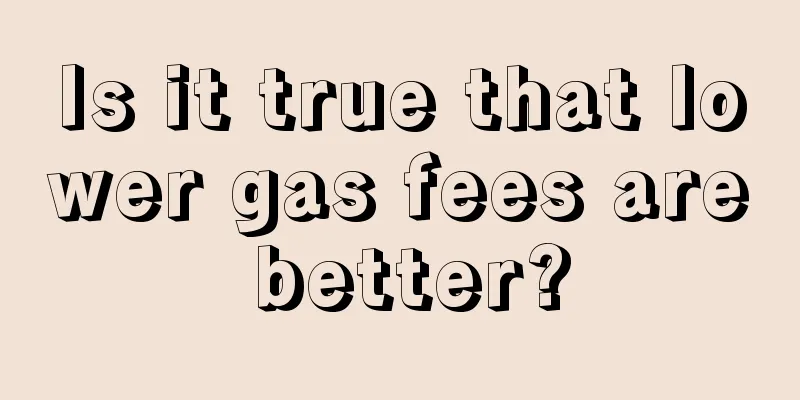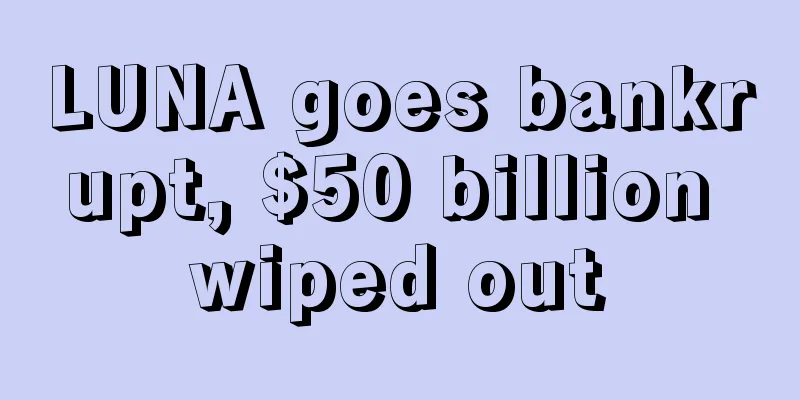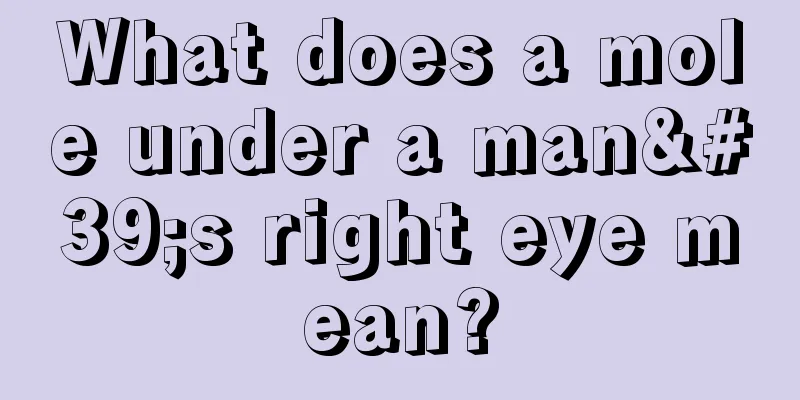Is it true that lower gas fees are better?

|
Original title: "How high do we want gas fees to be on Ethereum?" Original author: mhonkasalo For ETH holders, high gas fees are a double-edged sword: The upside is: high fees mean a high P/E ratio, which brings more returns to stakers and puts deflationary pressure on ETH supply. The downside: the user experience will be terrible because users will be forced to pay three-digit gas for Uniswap transactions. The ideal goal of ETH is to avoid overly expensive transaction fees while generating fees, which is difficult on Layer 1 public chains (such as Ethereum) because fees increase very quickly once the block space is filled. Before the blocks are filled, transactions are essentially free, and once they are filled, user bids quickly increase everyone's fees. In the current market, most people believe that trading demand has fallen off a cliff, as the average transaction cost is currently about 1/20 of what it was during the peak of the bull market. However, it would be incorrect to view this as a 95% drop in trading demand. Because of this dynamic where fees can easily spike, Ethereum doesn’t generate a ton of fees (and other L1 chains today barely generate any fees). The best options for Ethereum are probably: 1. The second layer network, or L2, starts to take a larger share of L1 fees. This will mean moving from the current 2% of Gas consumed by L2 to the 25-30% range. 2. Due to whale activity, “legacy” applications on L1 continue to incur large amounts of fees. 3. In terms of absolute transaction volume and number of users, L2 quickly surpassed Ethereum L1. All of this guarantees that even if demand surges beyond what we saw in previous bull runs, Ethereum fees will remain stable at 30-40 gwei and slightly deflationary. Anything above this mark would indicate that L2s are likely “not done with their work” and we would see a significant increase in L1 market share competing with Ethereum. In the dynamic relationship just described, ETH stakers will receive an actual yield of about 3-4%. It comes from: 1. Dilution of non-staked ETH to 1% (this will be significantly reduced to these levels over time). 2. MEV, 1% (may be higher). 3. Tips: 1-2%. What I want to express is: 1. If the ETH P/E ratio becomes too attractive, it is bearish for Ethereum because it means that L2 has not yet let users get started. 2. L2 should ensure a "reasonable" Gas level at all times, but "legacy" application activities on L1 will keep ETH deflationary. 3. Due to these factors, the actual yield for ETH stakers "should not" exceed 3-4% for a long time. Ultimately, if this technology succeeds, demand will always exceed block space supply. Ideally, this dynamic would look like this over time: |
>>: The United States will introduce a stablecoin bill. Which stablecoins are at risk?
Recommend
US Libertarian presidential candidate considers pardoning Silk Road ringleader
Introduction: Libertarian presidential candidate ...
Is it good-looking for a man to have straight eyebrows? Do men with straight eyebrows have good luck?
Eyebrows represent love, and men’s eyebrows repre...
The New York Times: The FBI used traditional methods to crack the Colonial Pipeline hacker's private key and seized 63.7 bitcoins in stolen money
When Bitcoin burst onto the scene in 2009, its fo...
Does scar on a man's face bring bad luck?
Does scar on a man's face bring bad luck? Som...
Marathon Patent will receive 1,360 new mining machines in August
According to Chain News, Marathon Patent Group, a...
Is it good to have triangular eyes? Do these women have good personalities?
If a woman has a pair of charming eyes, she will ...
People with island patterns on their marriage lines often have bad luck and will get divorced.
Will there be divorce if there is an island patte...
What is the impact of a mole in the eye on your life?
What is the impact of having a mole in the eye on...
Do people with moles on the right side of their foreheads have marriage problems?
People with a mole on the right side of their for...
Bitcoin ranked second on Google Trends' 2017 global hot topic list
Rage Review : Bitcoin and other cryptocurrencies ...
How to tell marriage from a man's face
How to tell marriage from a man's face Men wi...
Plutus: "HODL" cryptocurrency, the clearest choice for investors
In every type of investment, there are two ways t...
What kind of people are loyal in love?
We all hope to find someone who is loyal in love;...
How to tell the fortune from the face
1. Look at your fortune Financial luck is the key...
What does a black forehead indicate for a person with Bai La Jin fate? What will happen if a black forehead appears?
For a person, the forehead is undoubtedly a very ...









